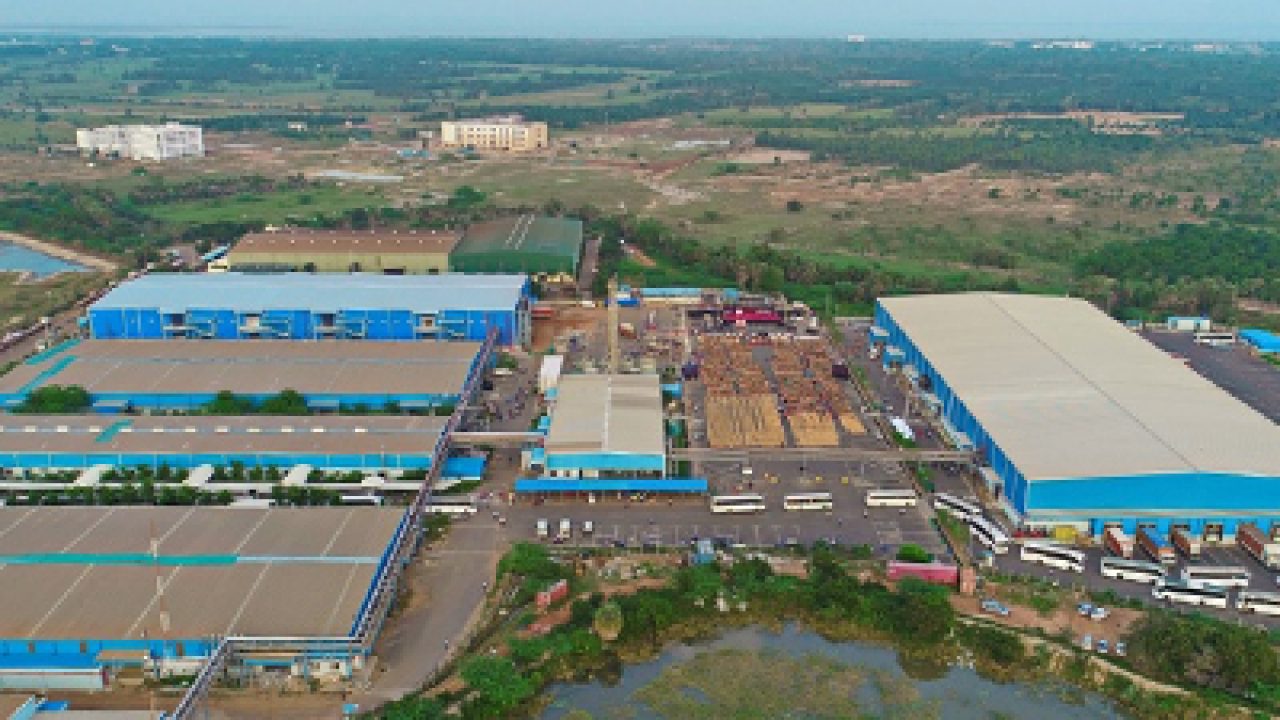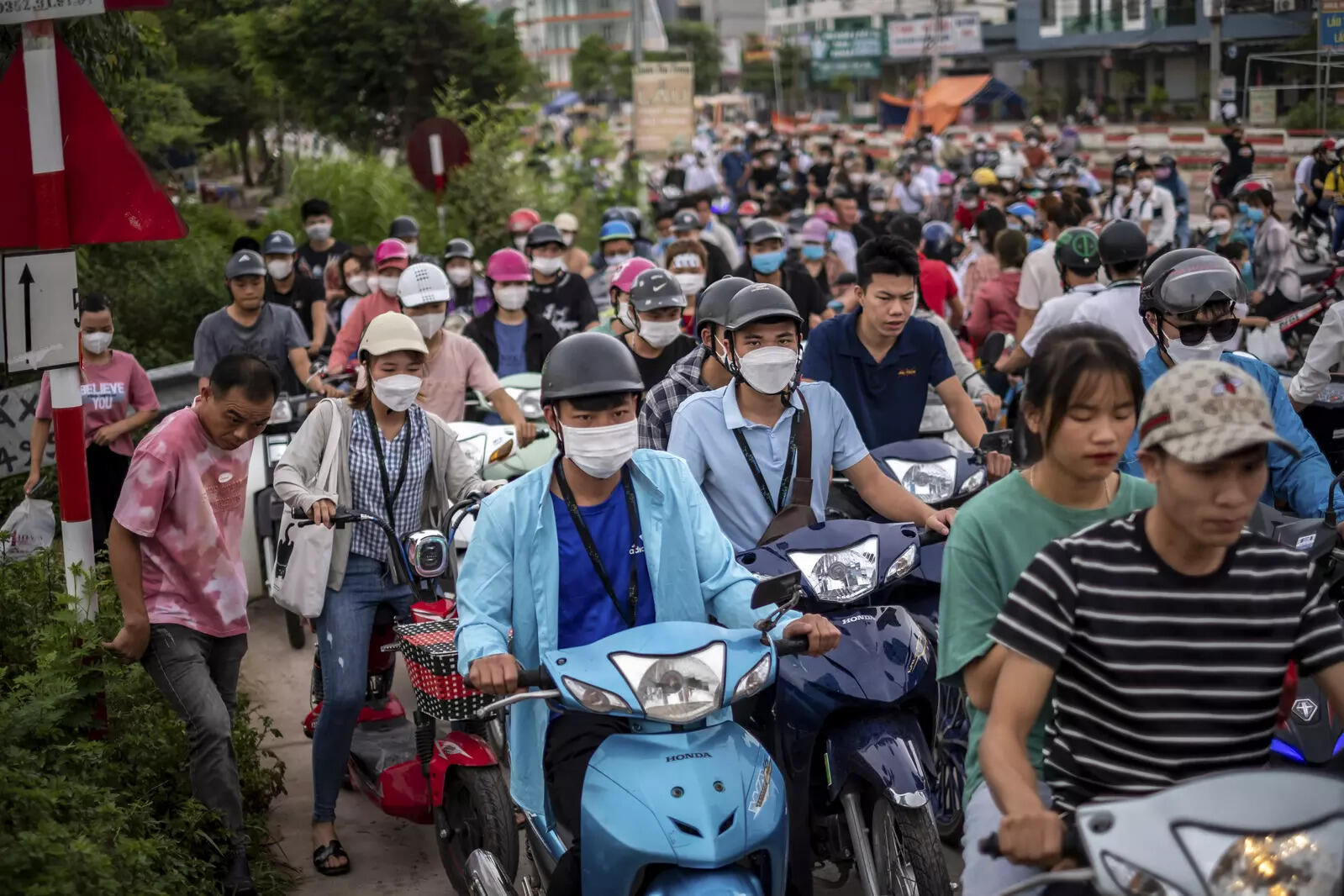Tech companies slowly shift production away from China.

Apple and Google will each introduce a new generation of smartphones in the coming weeks, competing to set them apart from earlier versions. Consumers won’t see one of the biggest changes, though some of these phones won’t be produced in China.
A very small portion of Apple’s most recent iPhones will reportedly be made in India, while some of Google’s most recent Pixel phones will reportedly be constructed in Vietnam, according to sources familiar with the firms’ intentions.
The adjustment is a response to growing concerns about the geopolitical sensitivity and supply chain disruptions caused by pandemics, which have recently involved China. Due to its unequaled ability to employ hordes of highly skilled workers and satisfy the demand for the newest technologies, China has long been the world’s top producer of high-tech products.
However, following Speaker Nancy Pelosi’s trip to Taiwan last month, American firms perceive greater danger there as a result of China’s saber-rattling. The trade conflict under President Trump, which included tit-for-tat sanctions, helped shape this impression.
They are concerned that having a significant component of their supply chain in China may cause them to become involved in the escalating Taiwan conflict between China and the US.
China continues to dominate the consumer electronics manufacturing industry. But in addition to the cell phone industry, other industries are also leaving the nation. The iPad is produced by Apple in northern Vietnam. Microsoft brought Xbox game consoles this year to Vietnam’s Ho Chi Minh City.
Amazon has started producing Fire TV devices in Chennai, India. A few years ago, China was the source of all of these products. 
Asia is being affected by the fractured supply chain, which has driven up industrial land costs in Vietnam, resumption of production in Malaysia and increased demand for low-wage labor in India. As China grapples with the worst economic growth in decades, it is drying up manufacturing activity.
According to Anna-Katrina Shedletsky, founder of Instrumental, a Bay Area business that remotely monitors assembly lines for electronics manufacturers, “everyone is thinking about moving, even if they’re not acting yet.” Many businesses’ sales forecasts were upset after the initial COVID-19 outbreak forced the shutdown of facilities in China in early 2020. Apple was forced to lower its quarterly sales projection since it was unable to produce iPhones.
According to three former workers who asked not to be identified because they are not allowed to talk about their job at the firm, the operations team started looking at alternate manufacturing locations as a safety net against potential shutdowns in China.
Contrary to one of the participants, Vietnam, which Apple had previously selected for AirPods manufacture in 2020, became a hot topic. Since then, Apple has relocated some of its iPad production there and begun making its watches there.
Twenty of the top 200 suppliers to Apple already have facilities in Vietnam. In contrast, 155 of the companies have facilities in China. The iPhone 14, the company’s flagship device this year, will be assembled and packaged in India for the first time.
Even while the majority of the first and most essential products for that gadget are presently taking place in China, two sources familiar with the plans claim that Apple will relocate part of its total iPhone production to India later, mostly to assess the sustainability of future manufacturing there.
Even as it moved forward with its ambitions, Apple acted cautiously to avoid upsetting China’s Communist Party, given the vast bulk of its goods are still produced there. According to a source in Japan’s Nikkei newspaper, Apple advised its Taiwanese suppliers to mark components bound for China as created in “Chinese Taipei” or “Taiwan, China” while China conducted military maneuvers surrounding Taiwan during Pelosi’s visit.
As per the official media, Foxconn, Apple’s largest contract manufacturer, reportedly agreed to invest $300 million in a new facility in northern Vietnam that will create 30,000 new jobs. more than $1.5 billion that the Vietnamese government said Foxconn had previously made available for investment.
Foxconn and other contract manufacturers run enormous facilities in picturesque scenery that was previously farmland and rice fields, surrounded by temples, banyan trees, and ponds, in the provinces of Bac Giang and Bac Ninh in northeast Vietnam. Nowadays, job seekers come to these facilities from all over the nation.
A sign outside a Foxconn facility in Bac Ninh said that the business is seeking to employ 5,000 people “urgently” and offered an entry-level position with a monthly salary of about $300. Foxconn is paying recruits less than half as much each month at its assembly lines in Shenzhen, southeast China: 4,500 yuan, or around $650.
The pay difference is another reason why corporations are looking for alternative manufacturing options. According to China’s Bureau of Statistics, manufacturing workers now earn more than $9,300 annually, a quadrupling of what they did ten years ago. Additionally, tariffs raised the cost of manufacturing in China.
Google looked to China’s rivals as the trade war heated up. Google is to relocate production this year from Foxconn facilities in southern China to Vietnam, where it will start producing its most recent model, the Pixel 7.
However, Google’s preparations for the upcoming year’s smartphones show how hard a total exit from China will be for businesses. Google is looking into a foldable phone for 2023, but these sources indicate that to produce a device with an updated screen and hinge technologies, it will likely be necessary to locate the factory close to important Chinese suppliers.
The electronics sector has built up a vast network of suppliers over the past two decades that provide the wires, buttons, and machinery necessary to assemble cellphones and computers. The concentration of suppliers lowers shipping costs and facilitates the repair of defective parts.
So proximity is important for China’s choices. The cost of industrial real estate in Vietnam has increased by almost one-third since 2019 to $105 per square meter (roughly $9.75 per square foot), while the cost of warehouses has increased by 20%, according to Cushman & Wakefield, a global commercial real estate firm.
This increase is attributed to demand from Foxconn and other businesses. According to Trang Bui, the general manager of Cushman for Vietnam, she could only show clients industrial land every two months five years ago. She currently makes daily trips with clients from the US, Taiwan, South Korea, Japan, Europe, and China to examine manufacturing real estate.




